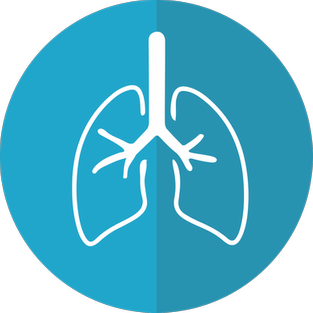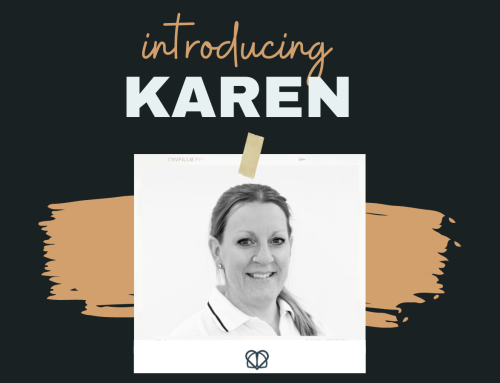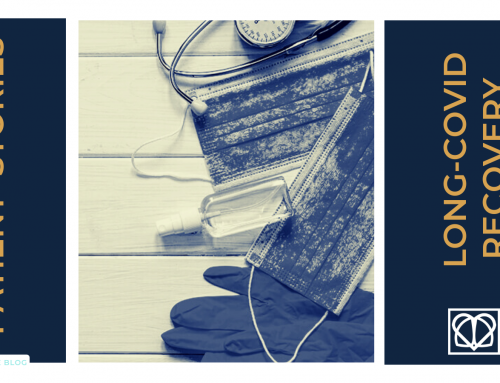
If you’ve been diagnosed with interstitial lung disease (ILD), your first question is probably what is it?
Interstitial lung disease isn’t just one disease but the term covers a range of disorders that involve the lungs, specifically the interstitium.
The interstitium is a network of tissue that extends throughout both lungs in a lace-like structure, supporting the lungs’ air sacs (alveoli). In some circumstances, ILD can occur as a result of an abnormal response to an injury, infection or condition. Usually the body would react by generating the correct amount of tissue to repair any damage however in ILD the repair process is abnormal. This results in the tissue around the air sacs within the lungs becoming scarred and thickened. As this is where the gas exchange happens in the lungs, it means it’s a lot more difficult for oxygen to pass in to the bloodstream.
There are more than 200 forms of ILD, a handful of which are short-lived, but most others are chronic and irreversible. The differing conditions are grouped together under the banner of interstitial lung disease because they display similar clinical, radiographic and pathological mechanisms. The disease ultimately leads to fibrosis with loss of the elasticity of the lungs. There is no cure.
Symptoms
When you have ILD, you’re unable to get enough oxygen into your blood for the reasons explained previously. This leaves you feeling short of breath, especially when you’re doing something more physical like climbing the stairs. As the disease worsens, you may feel out of breath more often, even when you’re sitting down or resting. You may also find you suffer from a dry cough. These symptoms continue to deteriorate over time.
Treatment
ILD is incurable, but there are treatments you can undertake to cope with the symptoms, and manage the inflammation and scarring. Your respiratory doctor will be able to advise you with regard to your medical management. A respiratory physiotherapist may also see you to teach you about how to conserve your energy, manage your breathless, or clear secretions from your lungs if you’re unfortunate enough to get a chest infection.
You may also be offered a pulmonary rehabilitation (PR) programme. There is a growing body of evidence that PR is beneficial for ILD patients. There is already a wealth of evidence supporting its use in the COPD population but it’s been shown in ILD that PR can slow lung damage and help you to breathe more easily. Benefits of pulmonary rehabilitation exist at any stage of the disease but early intervention is key to help establish positive exercise behaviours as early as possible. With limited treatment options available to ILD patients, pulmonary rehabilitation is one treatment that’s been shown to have a positive impact on both quality of life and functional status.
As part of your comprehensive pulmonary rehabilitation programme you can expect to benefit not only from exercise training (including aerobic conditioning, endurance and strength training and respiratory therapy), but also nutritional advice, educational information and behaviour modification techniques. This will help provide you with physiological support and give you strategies to improve self-management.




